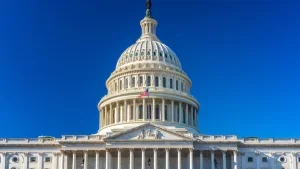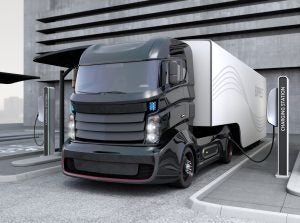 By Eriko Shrestha and Tianyi Sun
By Eriko Shrestha and Tianyi Sun
There is extraordinary excitement today over zero and low carbon hydrogen. But can it live up to the silver-bullet hype?
Case in point: Evidence indicates that in certain applications, green hydrogen made using wind or solar power could indeed yield a big climate benefit over fossil fuels. And in applications where other clean alternatives are lacking, it could be one of our best decarbonization tools.














